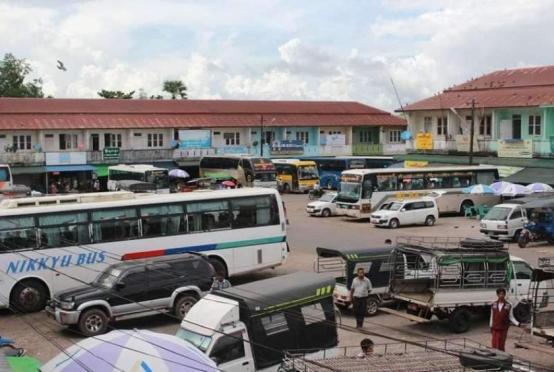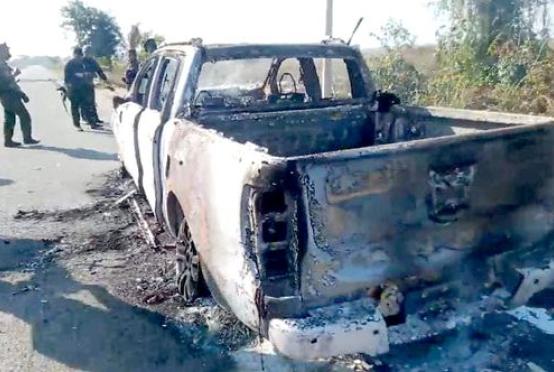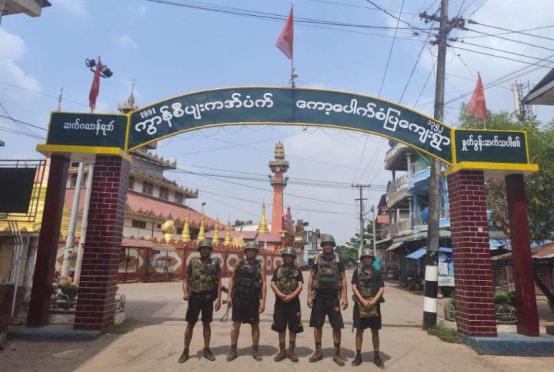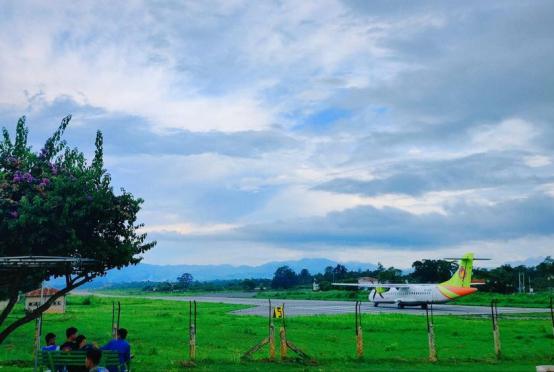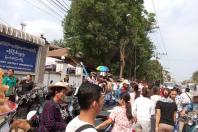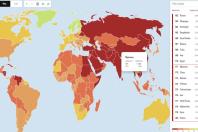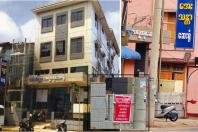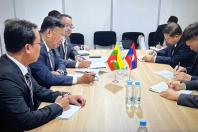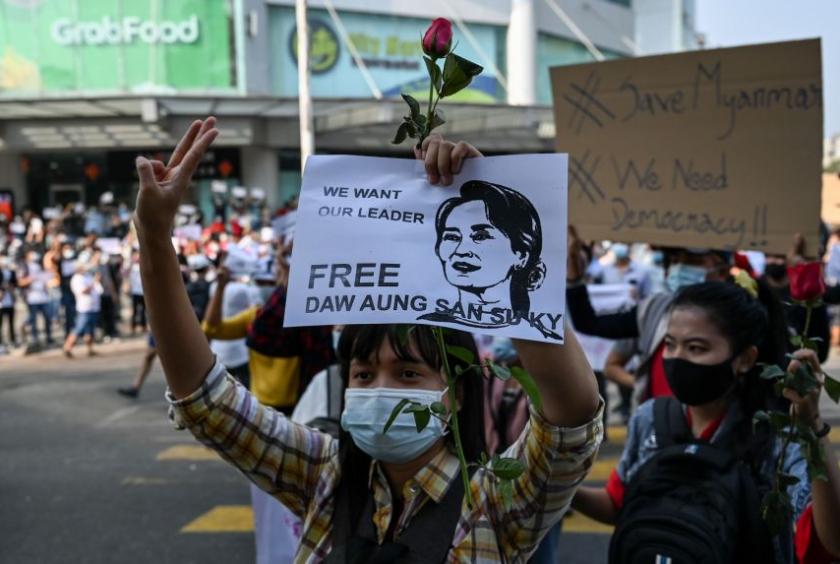
The StraitsTimes/ANN
YANGON - Tens of thousands of people in Myanmar marched in protest against the military coup for the second straight day on Sunday (Feb 7), as a partial restoration of Internet connection flooded Myanmar social media with images of the massive demonstrations.
“We want democracy!” the young crowd shouted in downtown Yangon, as they wove through cars stuck in the traffic and drivers blasted their horns in support.
Smaller protests also took place in Mandalay as well as Shan, Mon and Kayin states. The demonstrations were largely peaceful, with people holding up pictures of deposed state counsellor Aung San Suu Kyi – detained by the military regime since the Feb 1 coup – and three-finger salutes as a symbol against dictatorship.
In the eastern town of Myawaddy however, videos posted on Facebook showed policemen trying to break up demonstrators and shots being fired. It is not known if there were any casualties.
While there were no other reports of confrontations, analysts warned that the risk of a crackdown remained high.
During the 2007 protest led by monks that was dubbed the Saffron Revolution, the then ruling junta launched raids only after several days.
“If they feel greatly threatened by the crowds, they will take more immediate action,” political analyst Soe Myint Aung said of the military, when reached by The Straits Times on Sunday. “But from what I gathered from the army-run Myawaddy TV, the regime is trying to give an impression of normalcy.”
Television stations now commandeered by soldiers aired dance performances and educational programmes.
The protests were the biggest since the seizure of power by commander-in-chief Min Aung Hlaing alleging massive fraud in the Nov 8 general election in which Ms Suu Kyi’s National League for Democracy Party won 396 of the 476 contested seats in parliament.
He has promised to hold another election after a state of emergency imposed for one year.
Even before the coup, Myanmar’s military was essentially autonomous by virtue of the junta-drafted 2008 Constitution. It also controlled three ministries and a quarter of all parliamentary seats.
The power seizure, however, brought a premature end to the five-year-old civilian administration led by the NLD, and threatens to roll back the democratic transition of a country from five decades of military rule.
In a videoconference with diplomats on Friday, the regime-appointed minister for international cooperation Ko Ko Hlaing said his government understood “the concerns of the international community on the continuation of Myanmar’s democratic transition process”, reported the state-run newspaper Global New Light of Myanmar.
“He reaffirmed that the very architect of this process is the Tatmadaw (military). In fact, the last thing (the) architect would love to do is to destroy this own structure,” reported the paper.
To thwart protests and acts of civil disobedience swiftly organised and spread through social media, the regime banned Facebook, Twitter and Instagram. When users tried to get around them with virtual private networks, the regime shut down Internet access on Saturday.
Partial Internet access was restored on Sunday afternoon from around 2pm local time, according to internet monitoring group NetBlocks.
Despite internet shutdown in #Myanmar, Khit Thit Media is managing to livestream this morning's protest against #MyanmarCoup in Yangon. #WhatsHappeningInMyanmar pic.twitter.com/ZElUmly6WI
— Tan Hui Yee (@Tan_Hui_Yee) February 7, 2021
A 25-year-old protestor in Yangon who gave his name as Aung, told The Straits Times he was taking a stand for the “truth”, rather than the NLD.
“We will protest until the military regime transfers authority back to the elected government,” he said. “We will protest until we send the commander-in-chief to jail.”

